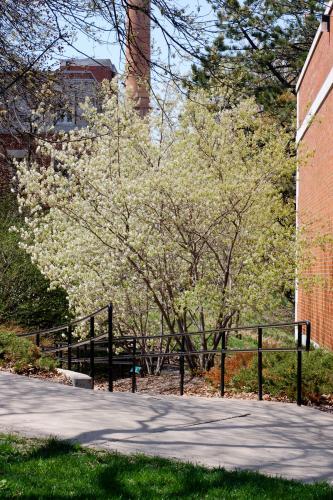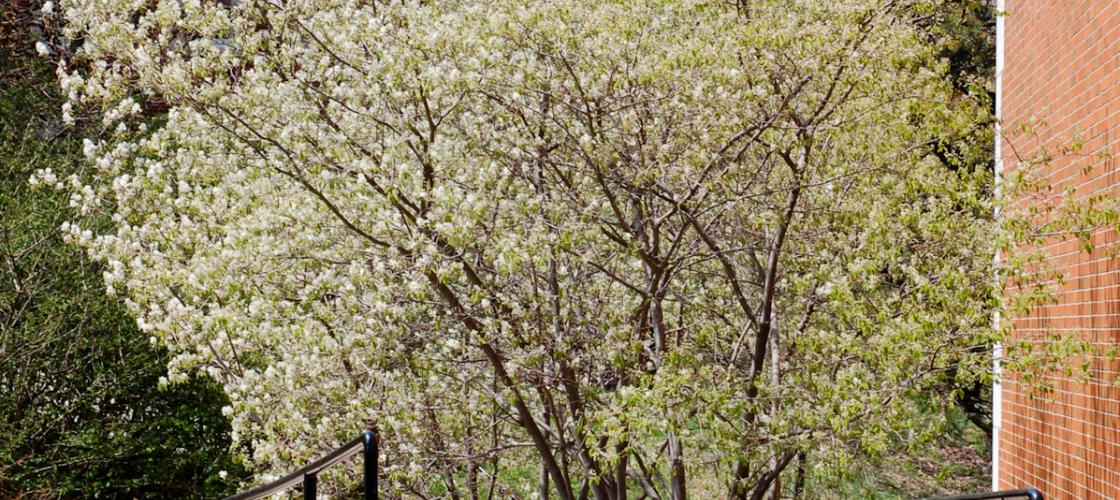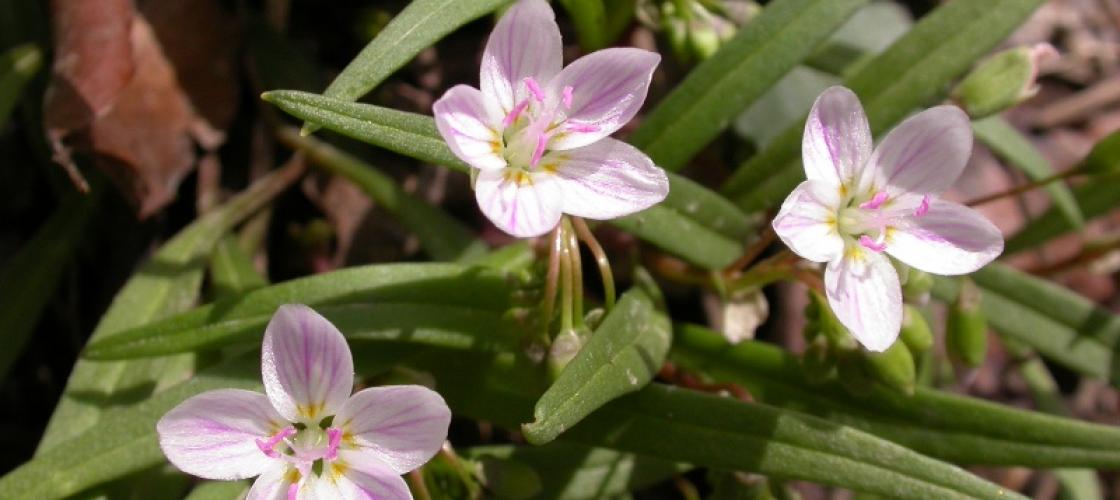Our forests come alive this time of year, replacing winter’s dormancy with swelling buds, new leaves and a carpet of wildflowers. Forests are energy factories. They’re now gearing up for production.
The new leaves capture the sun’s energy, and store some of it in the chemical bonds of wood. The energy will be stored in sugars and pumped into the living, growing leaves. This new growth attracts insects, which appear at just the right time to feed the waves of migrant songbirds, returning from their winter ranges. Yellow-rumped warblers, red-eyed vireos, crested flycatchers, scarlet tanagers, norther orioles, wood thrushes and whip-poor-wills feast on the insect abundance.
Young fox and grey squirrels begin to explore the outside world; chipmunks emerge from hibernation and gray tree frogs call and lay eggs in temporary pools of water.
Wildflowers take center stage on the forest floor. Toothwort, bloodroot, Dutchman’s breeches and spring beauties bask in the sunlight that can still penetrate the budding canopy. Above the wildflowers and below the canopy, the pink flowers of redbud, the white of serviceberry and dogwood, and the yellow of spicebush further paint the emerging forest.
Color Missouri Happy
All trees produce flowers, but some of our native trees such as the wild plum, flowering dogwood and hawthorn, the brilliant pink red bud, and the striking red buckeye produce eye-popping masses of blooms in the spring.
Here’s when you’ll see these trees spring blooms:
- Spring bloom starts in southern Missouri in March and travels north, and from lower to higher elevation as the average daily temperature rises.
- North Missouri’s bloom peaks and begins to fade in May.
- The best time to see the state’s springtime parade of showy woodland trees is during the last two weeks of April.
Discover more about spring trees with the MDC’s searchable guide..






Recent Posts
























